-
 Bitcoin
Bitcoin $118600
-1.16% -
 Ethereum
Ethereum $3616
-2.94% -
 XRP
XRP $3.174
-10.23% -
 Tether USDt
Tether USDt $1.000
0.01% -
 BNB
BNB $773.4
-0.42% -
 Solana
Solana $189.3
-6.58% -
 USDC
USDC $1.000
0.02% -
 Dogecoin
Dogecoin $0.2406
-10.24% -
 TRON
TRON $0.3098
-1.24% -
 Cardano
Cardano $0.8139
-9.10% -
 Hyperliquid
Hyperliquid $44.01
-2.71% -
 Stellar
Stellar $0.4266
-9.64% -
 Sui
Sui $3.699
-7.29% -
 Chainlink
Chainlink $18.21
-6.60% -
 Hedera
Hedera $0.2465
-9.46% -
 Bitcoin Cash
Bitcoin Cash $512.3
-2.27% -
 Avalanche
Avalanche $24.03
-5.62% -
 Litecoin
Litecoin $112.2
-5.21% -
 UNUS SED LEO
UNUS SED LEO $8.964
-0.26% -
 Shiba Inu
Shiba Inu $0.00001386
-9.81% -
 Toncoin
Toncoin $3.188
-4.76% -
 Ethena USDe
Ethena USDe $1.001
-0.02% -
 Polkadot
Polkadot $4.135
-7.84% -
 Uniswap
Uniswap $10.16
-5.19% -
 Monero
Monero $310.5
-2.84% -
 Bitget Token
Bitget Token $4.702
-2.53% -
 Dai
Dai $0.0000
0.01% -
 Pepe
Pepe $0.00001270
-9.07% -
 Aave
Aave $290.7
-5.84% -
 Bittensor
Bittensor $424.7
-5.28%
How much room is there for rebound after the five waves of decline?
A five-wave decline in crypto often signals a strong bearish move, but spotting reversals with tools like RSI divergence or bullish candles can help traders anticipate potential rebounds.
Jun 29, 2025 at 10:00 am
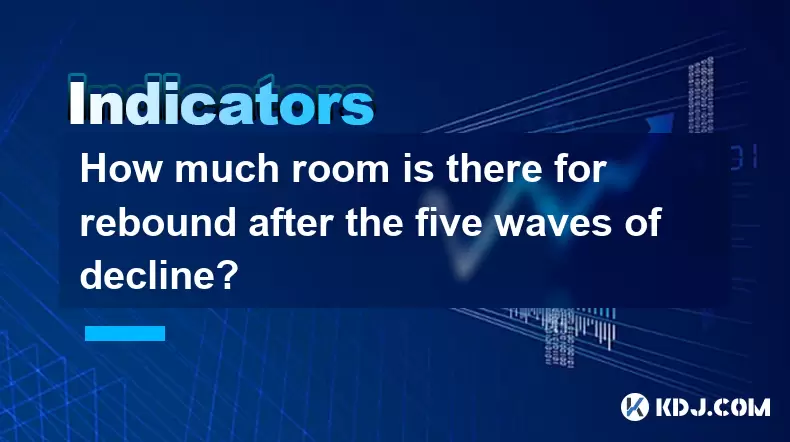
Understanding the Five-Wave Decline Pattern
In the context of cryptocurrency trading, the five-wave decline pattern is a concept borrowed from Elliott Wave Theory. This theory suggests that financial markets move in repetitive cycles, which can be categorized into impulsive and corrective waves. A five-wave decline typically represents an impulsive bearish movement, where each wave contributes to a downward trend.
- Wave 1: Initial selling pressure begins, often unnoticed by the broader market.
- Wave 2: A retracement occurs, but it doesn’t fully erase the gains from Wave 1.
- Wave 3: The strongest and longest wave, marked by widespread panic and increased volume.
- Wave 4: Another corrective phase, usually less aggressive than Wave 2.
- Wave 5: Final push lower, often driven by exhaustion and capitulation.
Understanding this structure is crucial for assessing how much room there might be for a rebound after such a pattern completes.
Identifying Reversal Signals Post-Five Waves
After completing a five-wave decline, traders look for specific signals indicating a potential reversal. These signals help determine whether the downtrend has exhausted itself or if further declines are likely.
- Divergence on Oscillators: Tools like RSI (Relative Strength Index) or MACD (Moving Average Convergence Divergence) may show bullish divergence, suggesting weakening momentum.
- Volume Analysis: A surge in volume during a bounce can indicate strong buying interest, especially if it coincides with key support levels.
- Price Action Candles: Bullish candlestick patterns such as hammer, morning star, or engulfing candles near critical support zones can signal a reversal.
Each of these elements provides insight into the likelihood of a rebound and its potential magnitude.
Measuring Potential Rebound Targets
Once a five-wave decline concludes, traders often use Fibonacci retracement tools to estimate how far prices might rise.
- Retracement Levels: Common Fibonacci levels include 23.6%, 38.2%, 50%, 61.8%, and 78.6%. Traders monitor these levels to assess where resistance might form during a rally.
- Extension Projections: Some analysts apply Fibonacci extensions beyond the starting point of the decline to project upside targets.
- Channel Analysis: Drawing parallel channels along the decline can help identify breakout points and potential continuation levels.
These techniques offer a structured approach to estimating the possible extent of a rebound after a prolonged downtrend.
Historical Examples in Cryptocurrency Markets
The crypto market has seen several instances where a five-wave decline was followed by a significant recovery.
- Bitcoin’s 2018–2019 Crash and Recovery: After a brutal five-wave drop from nearly $20,000 to around $3,000, Bitcoin experienced a retracement of over 300% before entering another cycle.
- Ethereum’s 2022 Correction: Following a sharp multi-month decline, Ethereum bounced back strongly, reaching nearly 61.8% of its prior high before facing renewed selling pressure.
These cases illustrate that while rebounds vary in strength and duration, they often align with technical projections based on wave analysis and Fibonacci tools.
Risk Management During a Potential Rebound
Even when signs suggest a rebound is imminent, prudent risk management remains essential.
- Position Sizing: Allocate only a small percentage of capital to trades based on wave completion to avoid overexposure.
- Stop Loss Placement: Use stop-loss orders below key support levels to protect against false breakouts or continued weakness.
- Profit Taking at Resistance Zones: Consider partial exits at major Fibonacci levels or previous swing highs to lock in gains while allowing room for further upside.
By combining technical analysis with disciplined risk controls, traders can better navigate volatile markets following extended declines.
Frequently Asked Questions
Q: Can a five-wave decline continue beyond the fifth wave?
Yes, in some cases, what appears to be a five-wave decline could extend into a larger degree wave structure. It’s important to reassess the pattern using higher timeframes and confirm whether the initial labeling was accurate.
Q: What tools are most effective for confirming a rebound after a five-wave decline?
Fibonacci retracements, RSI divergence, volume spikes, and candlestick reversal patterns are among the most reliable tools used by traders to validate a potential rebound.
Q: Is the five-wave decline pattern applicable across all cryptocurrencies?
While the Elliott Wave principle applies broadly, its reliability varies depending on the liquidity and volatility of individual cryptocurrencies. Major assets like Bitcoin and Ethereum tend to exhibit clearer wave structures compared to smaller-cap tokens.
Q: How long does a typical rebound last after a five-wave decline in crypto markets?
There is no fixed duration. Some rebounds last days, others stretch into weeks or months, depending on market sentiment, macroeconomic factors, and trading volume dynamics.
Disclaimer:info@kdj.com
The information provided is not trading advice. kdj.com does not assume any responsibility for any investments made based on the information provided in this article. Cryptocurrencies are highly volatile and it is highly recommended that you invest with caution after thorough research!
If you believe that the content used on this website infringes your copyright, please contact us immediately (info@kdj.com) and we will delete it promptly.
- Score Big This Season with the BetMGM Bonus Code: Your Ticket to MLB Bonus Bets!
- 2025-07-24 06:50:12
- Bitcoin: From Digital Gold Rush to Evolving Asset Class
- 2025-07-24 06:50:12
- Shiba Inu's $1 Dream: Major Hurdles and Community-Driven Hope
- 2025-07-24 06:30:13
- Ethereum, Altcoins, and BlockDAG: Navigating the Crypto Landscape
- 2025-07-24 06:30:13
- Dogecoin's Resistance Retest: Parabolic Move on the Horizon?
- 2025-07-24 04:50:13
- WLFI, Vaulta Token, and Holdings: Navigating the Web3 Revolution
- 2025-07-24 05:30:13
Related knowledge
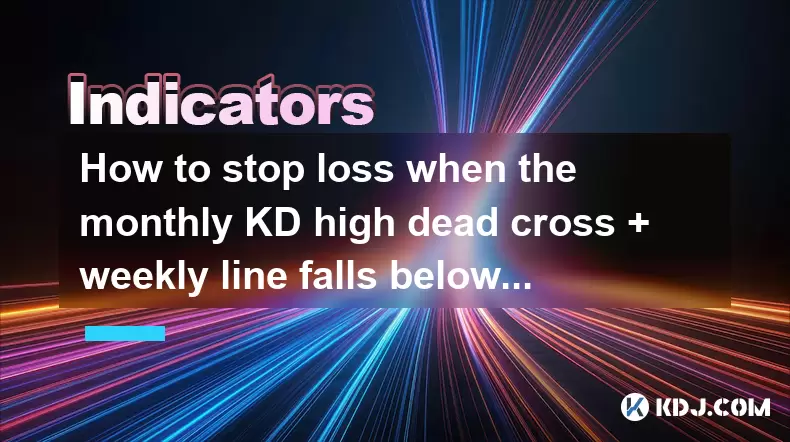
How to stop loss when the monthly KD high dead cross + weekly line falls below the 20-week line + daily line pulls back on the 5-day line?
Jul 24,2025 at 07:00am
Understanding the Indicators: KD, Weekly, and Daily Moving AveragesWhen traders analyze cryptocurrency price movements, they often rely on technical i...
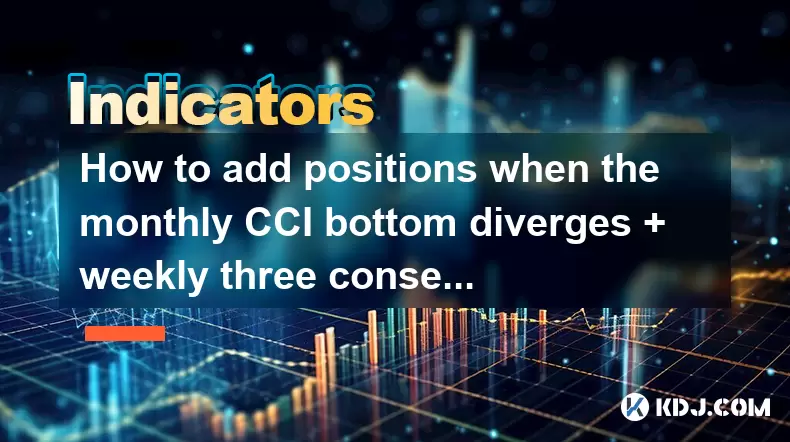
How to add positions when the monthly CCI bottom diverges + weekly three consecutive Yang + daily line gap is not filled?
Jul 24,2025 at 05:22am
Understanding the Monthly CCI Bottom DivergenceWhen analyzing the monthly CCI bottom divergence, traders are identifying a potential reversal signal i...
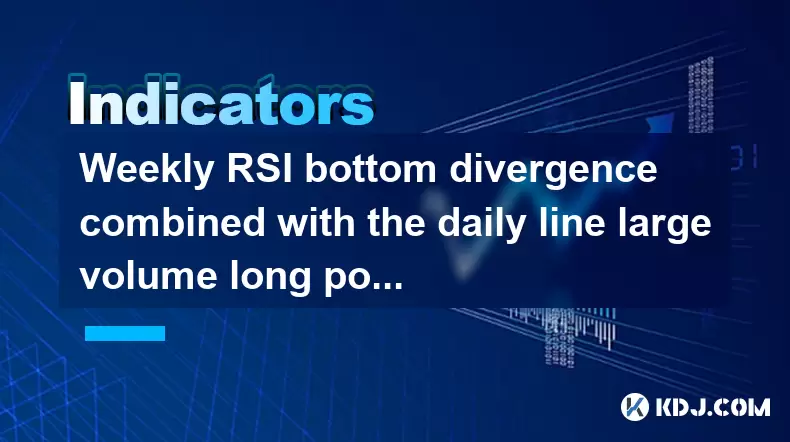
Weekly RSI bottom divergence combined with the daily line large volume long positive start signal
Jul 24,2025 at 05:28am
Understanding RSI Bottom Divergence in Cryptocurrency TradingIn the context of cryptocurrency trading, RSI bottom divergence is a powerful technical s...
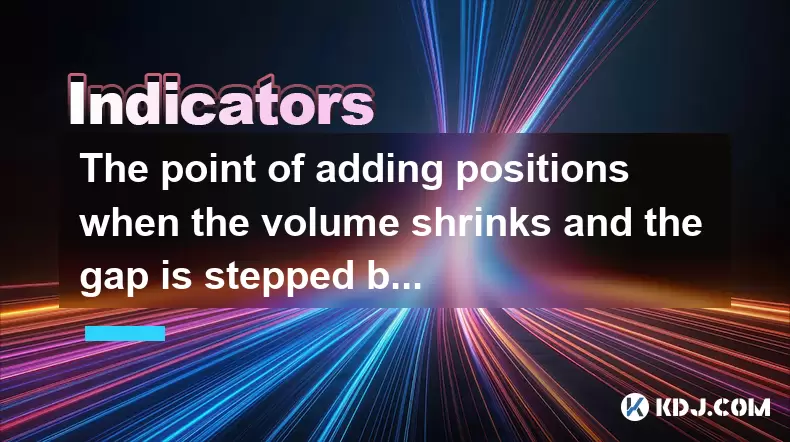
The point of adding positions when the volume shrinks and the gap is stepped back after the gap is jumped
Jul 24,2025 at 04:56am
Understanding the Gap Jump Phenomenon in Cryptocurrency TradingIn cryptocurrency trading, a gap jump occurs when the price of a digital asset opens si...
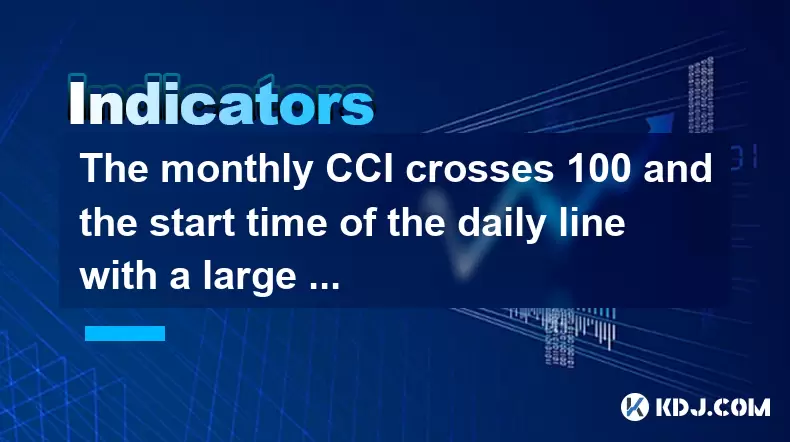
The monthly CCI crosses 100 and the start time of the daily line with a large volume positive line
Jul 24,2025 at 03:56am
Understanding the Monthly CCI Indicator and Its Significance at 100The Commodity Channel Index (CCI) is a momentum-based oscillator used to identify o...
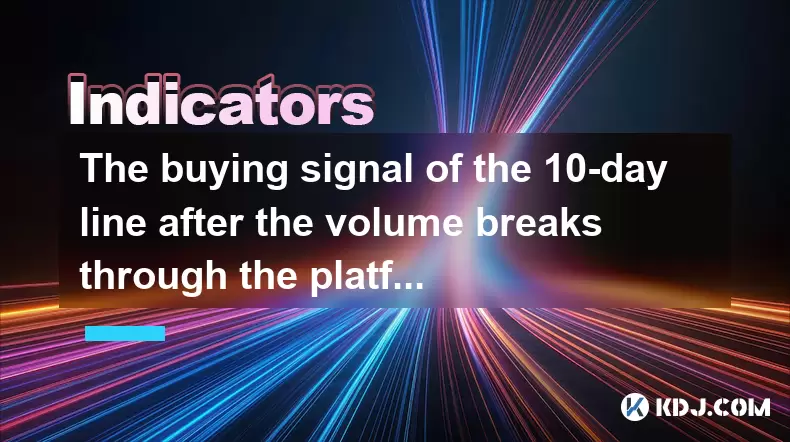
The buying signal of the 10-day line after the volume breaks through the platform
Jul 24,2025 at 06:00am
Understanding the 10-Day Moving Average in Cryptocurrency TradingIn cryptocurrency trading, moving averages are essential tools for identifying trends...

How to stop loss when the monthly KD high dead cross + weekly line falls below the 20-week line + daily line pulls back on the 5-day line?
Jul 24,2025 at 07:00am
Understanding the Indicators: KD, Weekly, and Daily Moving AveragesWhen traders analyze cryptocurrency price movements, they often rely on technical i...

How to add positions when the monthly CCI bottom diverges + weekly three consecutive Yang + daily line gap is not filled?
Jul 24,2025 at 05:22am
Understanding the Monthly CCI Bottom DivergenceWhen analyzing the monthly CCI bottom divergence, traders are identifying a potential reversal signal i...

Weekly RSI bottom divergence combined with the daily line large volume long positive start signal
Jul 24,2025 at 05:28am
Understanding RSI Bottom Divergence in Cryptocurrency TradingIn the context of cryptocurrency trading, RSI bottom divergence is a powerful technical s...

The point of adding positions when the volume shrinks and the gap is stepped back after the gap is jumped
Jul 24,2025 at 04:56am
Understanding the Gap Jump Phenomenon in Cryptocurrency TradingIn cryptocurrency trading, a gap jump occurs when the price of a digital asset opens si...

The monthly CCI crosses 100 and the start time of the daily line with a large volume positive line
Jul 24,2025 at 03:56am
Understanding the Monthly CCI Indicator and Its Significance at 100The Commodity Channel Index (CCI) is a momentum-based oscillator used to identify o...

The buying signal of the 10-day line after the volume breaks through the platform
Jul 24,2025 at 06:00am
Understanding the 10-Day Moving Average in Cryptocurrency TradingIn cryptocurrency trading, moving averages are essential tools for identifying trends...
See all articles

























































































